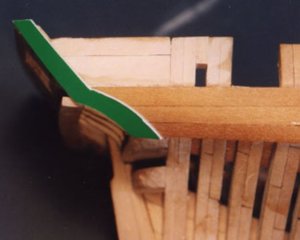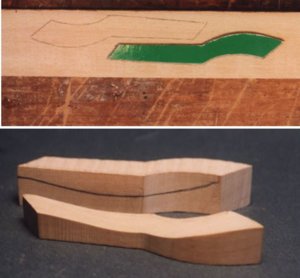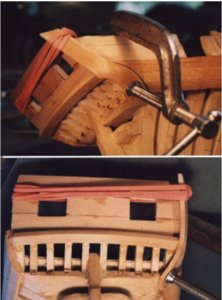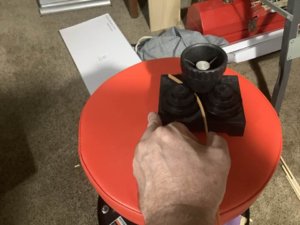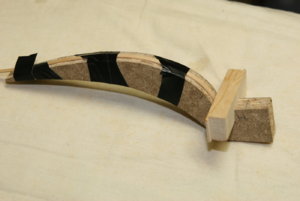- Joined
- Dec 1, 2016
- Messages
- 6,338
- Points
- 728

there is enough information scattered all over this and other forums about bending planks.
I thought it might be a good idea to cover the subject all in one place. so starting with the PDF file
there are a few basic rules
1 not all wood is bendable some bend easy while others no matter what you try to do they will not bend
2 air dried and green wood bend much easier than kiln dried wood
3 in general the thinner the wood the easier it will bend, to a point as the wood gets thinner it also is loosing strength and it will snap.
4 there are different ways to plasticize wood chemical and steaming.
5 sometimes bent pieces are actually carved to shape
6 kerfing is a method used for tight bends
I thought it might be a good idea to cover the subject all in one place. so starting with the PDF file
there are a few basic rules
1 not all wood is bendable some bend easy while others no matter what you try to do they will not bend
2 air dried and green wood bend much easier than kiln dried wood
3 in general the thinner the wood the easier it will bend, to a point as the wood gets thinner it also is loosing strength and it will snap.
4 there are different ways to plasticize wood chemical and steaming.
5 sometimes bent pieces are actually carved to shape
6 kerfing is a method used for tight bends











